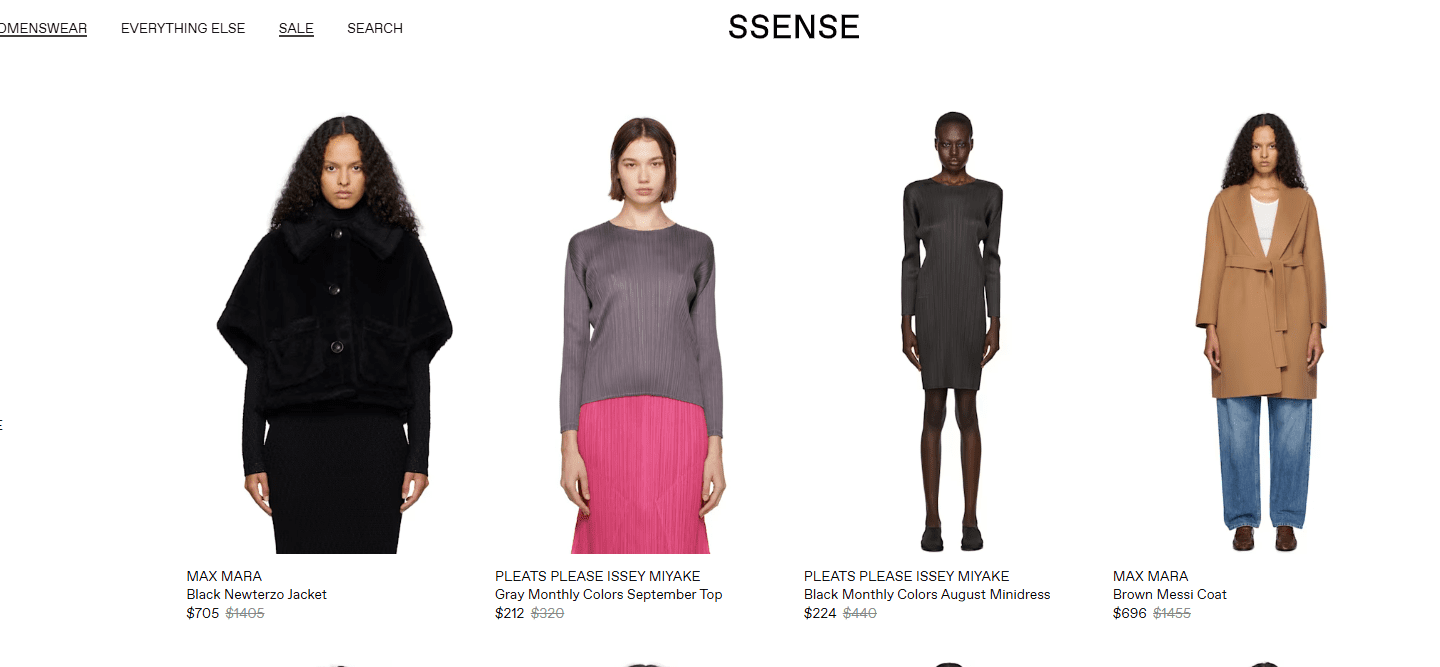
A capsule wardrobe is a carefully curated collection of versatile, timeless, and high-quality clothing pieces designed to maximize outfit options while minimizing excess. The goal of a capsule wardrobe is to simplify daily dressing, eliminate clutter, and ensure every item in your closet is stylish and functional. Whether you’re a seasoned fashionista or someone looking to refine their style, this guide will walk you through everything you need to know about building a capsule wardrobe.
What Is a Capsule Wardrobe?
A capsule wardrobe consists of a limited number of essential pieces that can be mixed and matched effortlessly. The concept was popularized in the 1970s by Susie Faux, a London boutique owner, and later gained widespread recognition thanks to fashion designer Donna Karan’s “Seven Easy Pieces” collection. A well-curated capsule wardrobe typically includes classic items like tailored blazers, quality denim, neutral tops, and versatile footwear.
Benefits of a Capsule Wardrobe
- Saves Time – Less time spent choosing outfits.
- Reduces Clutter – Keeps your closet organized.
- Encourages Sustainability – Reduces fast fashion consumption.
- Saves Money – Investing in quality pieces prevents constant spending on trends.
- Enhances Personal Style – Allows you to focus on timeless, flattering pieces.
How to Build Your Capsule Wardrobe
Step 1: Define Your Style
Before selecting items for your capsule wardrobe, determine your personal style. Ask yourself:
- What colors and silhouettes do I gravitate toward?
- What lifestyle do I have (work, casual, formal, active)?
- What clothing items do I feel most confident in? Creating a mood board or browsing Pinterest can help you pinpoint your aesthetic.
Step 2: Declutter Your Current Wardrobe
Go through your existing wardrobe and separate your clothes into three piles:
- Keep – Items you love and wear regularly.
- Donate/Sell – Pieces that don’t fit, aren’t worn, or don’t suit your style.
- Seasonal Storage – Off-season clothes you’ll bring out later. Be honest with yourself—if you haven’t worn something in over a year, it may be time to part with it.
Step 3: Identify Your Essentials
A capsule wardrobe varies depending on individual preferences and climates, but the following core pieces form a solid foundation:
Tops:
- Classic white button-down shirt
- Neutral-colored T-shirts (black, white, gray, beige)
- A fitted turtleneck or sweater
- A silk blouse for dressier occasions
Bottoms:
- A pair of well-fitted jeans (blue or black)
- Tailored trousers
- A versatile skirt (midi or pencil)
- Casual chinos or joggers (optional)
Dresses & Jumpsuits:
- A little black dress (LBD)
- A casual day dress
- A jumpsuit for easy styling
Outerwear:
- A tailored blazer
- A classic trench coat
- A leather or denim jacket
- A warm coat for colder seasons
Footwear:
- Classic white sneakers
- Comfortable loafers or flats
- Ankle boots
- A pair of heels or dressy shoes
Accessories:
- A structured handbag
- A crossbody or tote bag
- A statement belt
- Minimalist jewelry (stud earrings, a delicate necklace)
- A versatile scarf
Step 4: Choose a Color Palette
Selecting a cohesive color palette ensures all pieces can be mixed and matched effortlessly. A well-balanced capsule wardrobe typically consists of:
- Neutrals: Black, white, beige, gray, and navy
- Accent Colors: One or two favorite shades (e.g., burgundy, olive, mustard) that complement the neutrals
- Prints & Textures: Subtle prints like stripes, plaid, or polka dots add variety
Step 5: Focus on Versatility and Quality
When shopping for new items, prioritize quality over quantity. Invest in well-made garments that will last multiple seasons rather than trendy pieces that fade quickly. Look for:
- Natural fabrics (cotton, wool, silk, linen)
- Sturdy stitching and durable materials
- Pieces that transition easily from day to night or casual to formal
Step 6: Organize Your Wardrobe
Once you’ve built your capsule wardrobe, organize it in a way that makes outfit selection effortless. Arrange clothing by category and color, and consider investing in storage solutions like drawer organizers, shelf dividers, and high-quality hangers.
Step 7: Maintain and Refresh Your Capsule Wardrobe
Every few months, assess your capsule wardrobe and make necessary adjustments. Remove items that no longer serve you and replace them with functional additions. Storing out-of-season clothing separately helps keep your wardrobe manageable year-round.
Sample Capsule Wardrobe for Different Seasons
Spring/Summer Capsule Wardrobe:
- Linen or cotton dresses
- Lightweight tops and T-shirts
- Denim shorts or skirts
- White sneakers and comfortable sandals
- Sunglasses and a straw hat
Fall/Winter Capsule Wardrobe:
- Cozy knit sweaters
- Wool coats or puffer jackets
- Dark-wash jeans and wool trousers
- Ankle boots and leather loafers
- Warm scarves and gloves
Common Mistakes to Avoid
- Buying Too Many Trendy Pieces: Trends fade quickly; focus on timeless styles.
- Ignoring Fit and Comfort: Clothes should fit well and feel good to wear.
- Overloading on One Category: Balance tops, bottoms, outerwear, and accessories.
- Not Considering Lifestyle Needs: Choose pieces suited for your daily activities.
Conclusion
Building a capsule wardrobe is a game-changer for anyone looking to simplify their fashion choices while maintaining style and sophistication. By focusing on high-quality, versatile, and timeless pieces, you create a curated closet that reflects your personality while saving time, money, and space. Start small, experiment with mixing and matching, and enjoy the ease and elegance of a well-planned wardrobe.






















